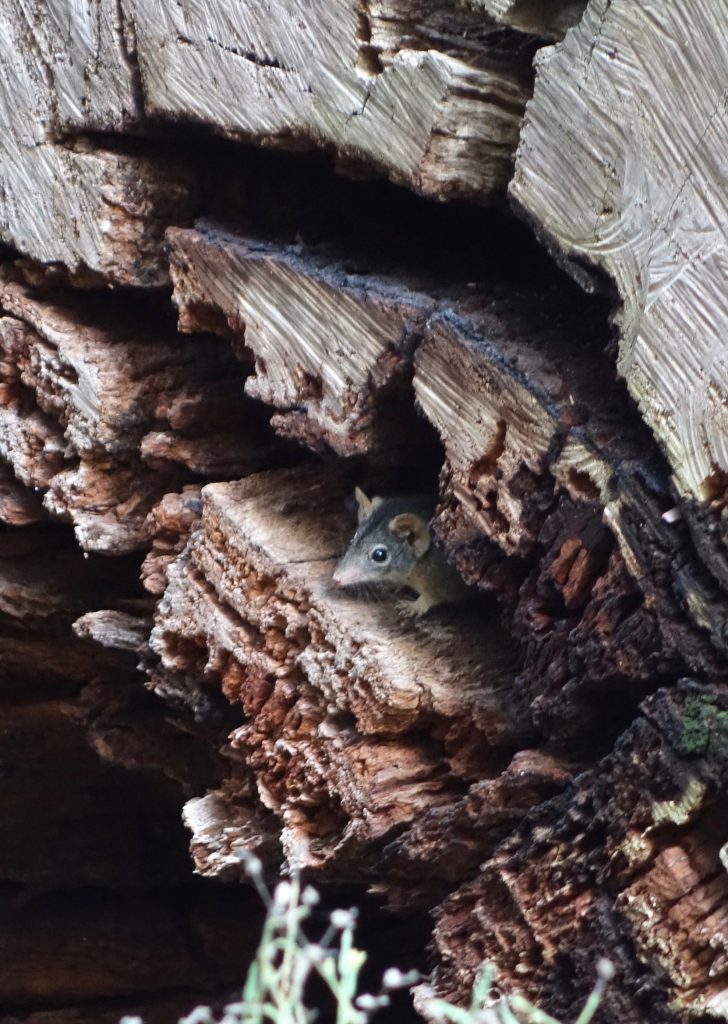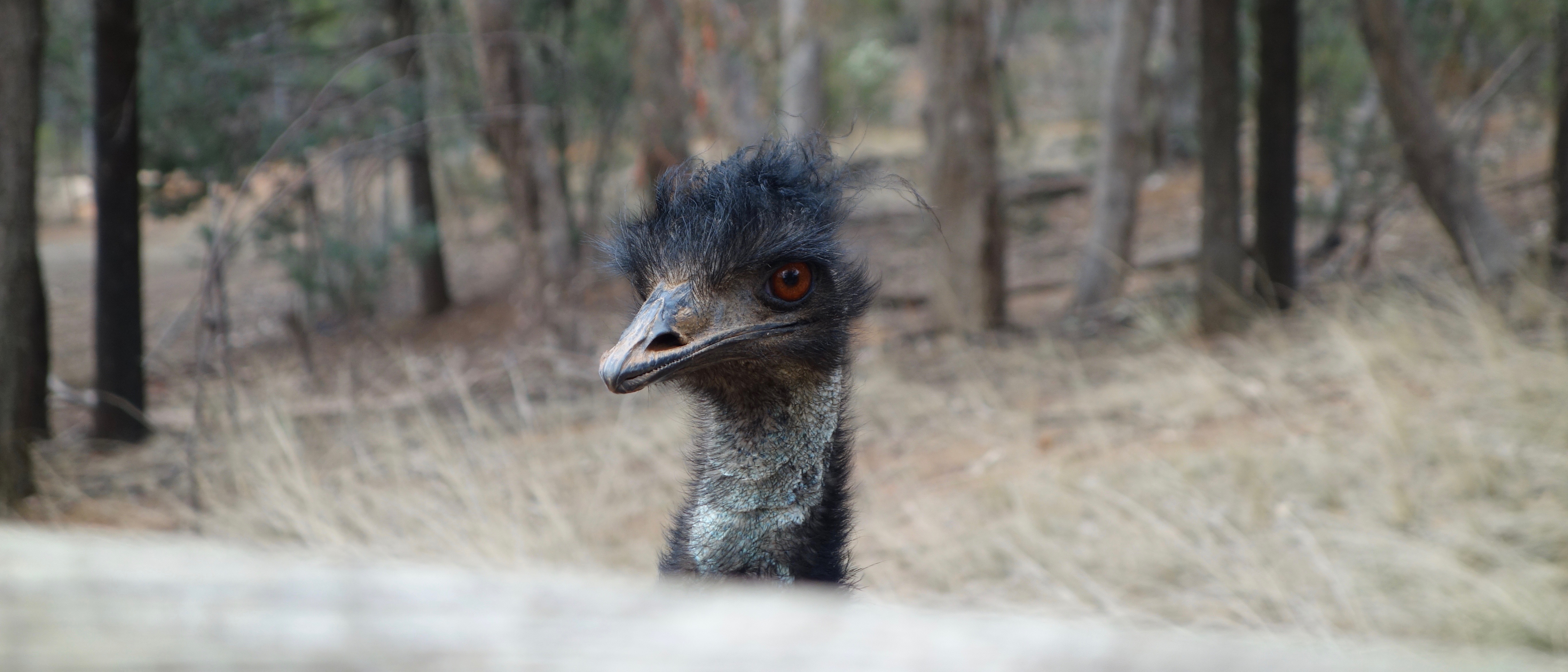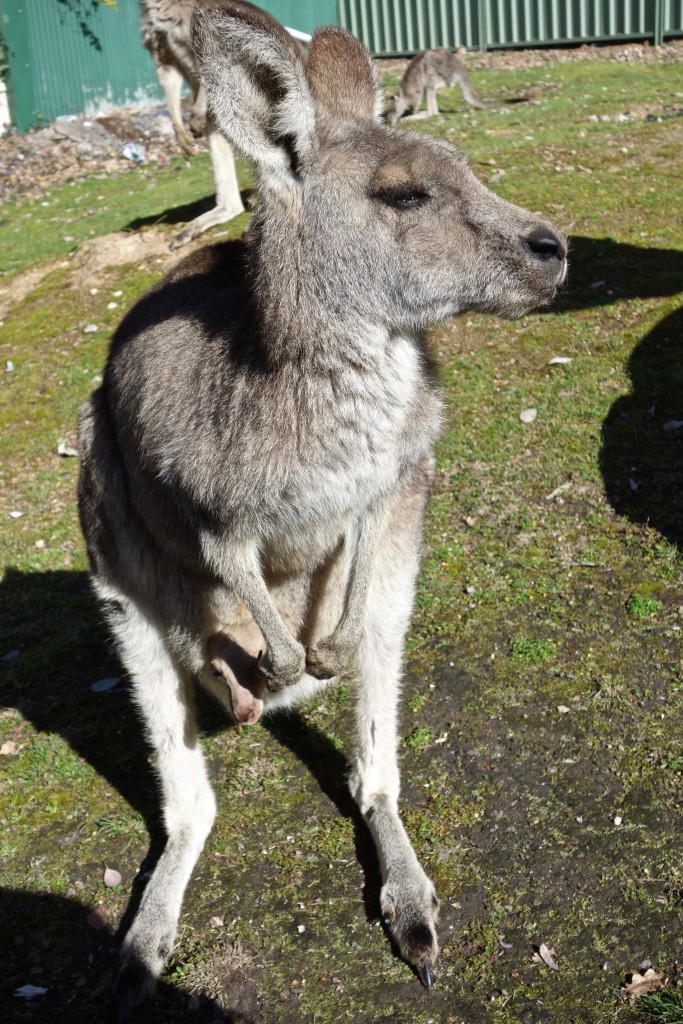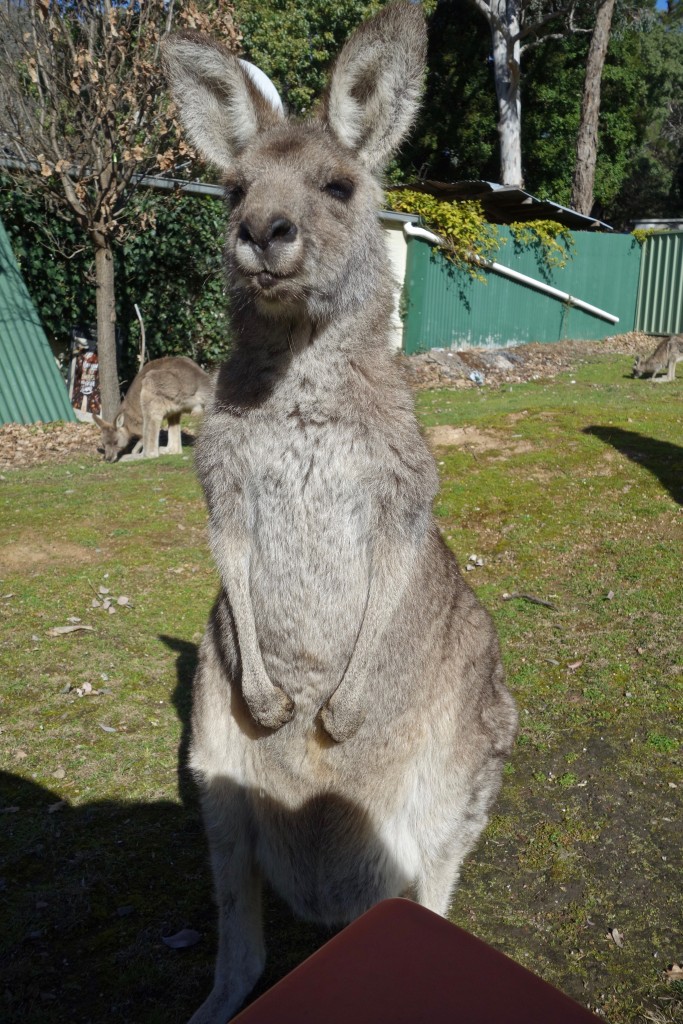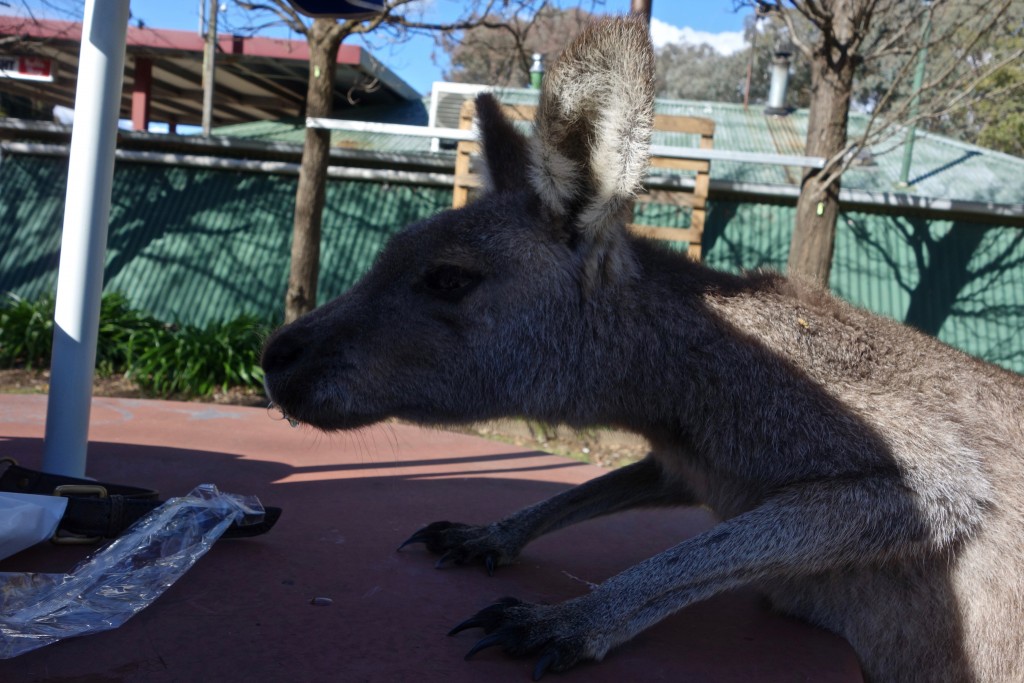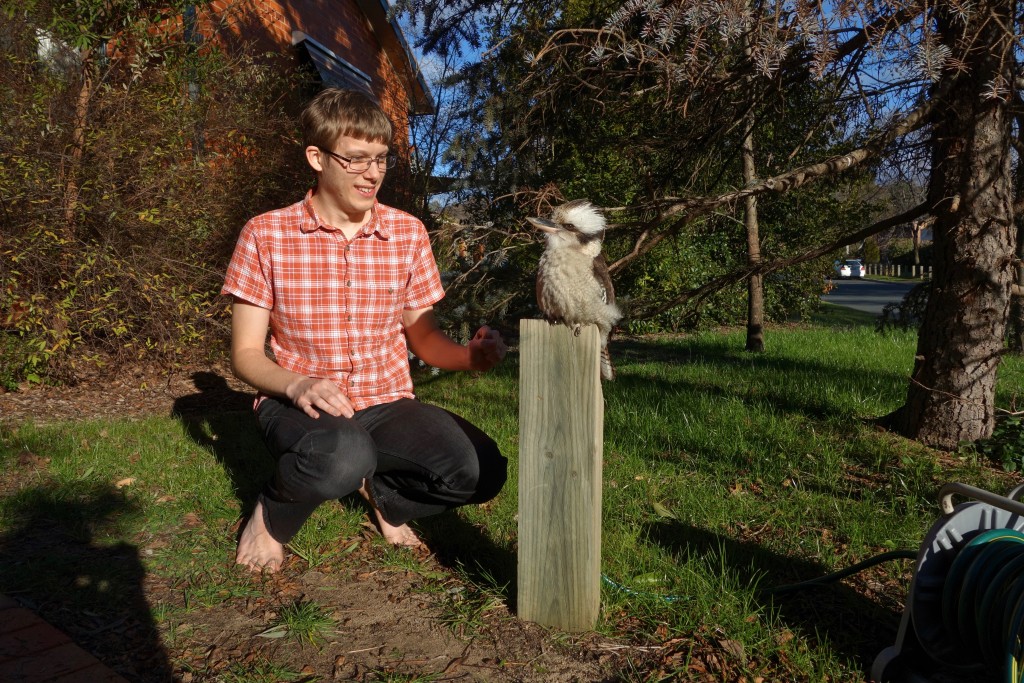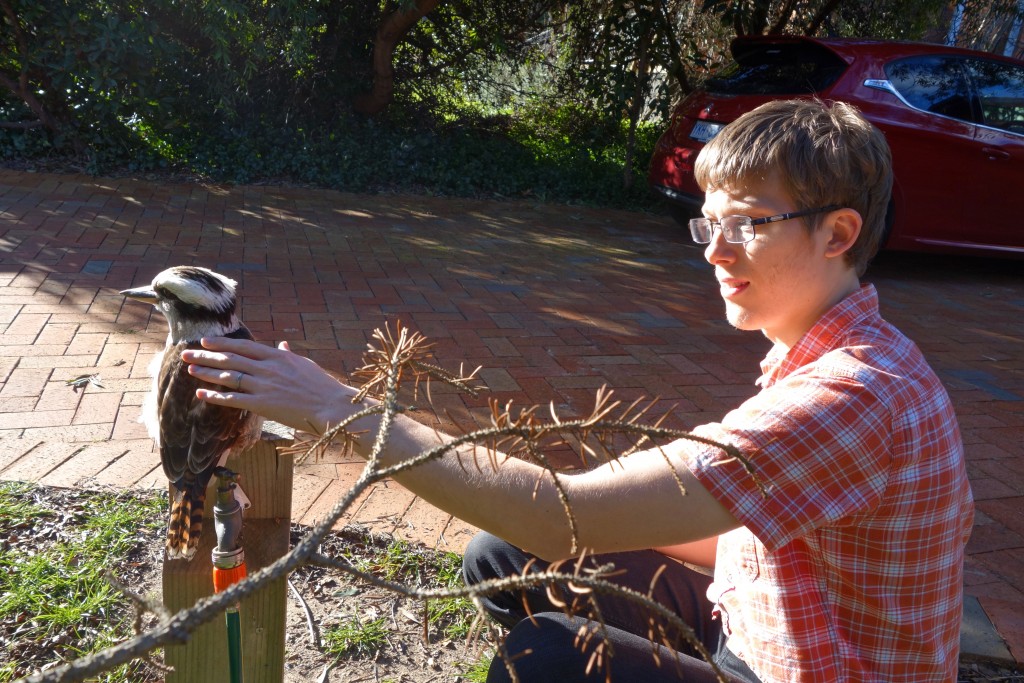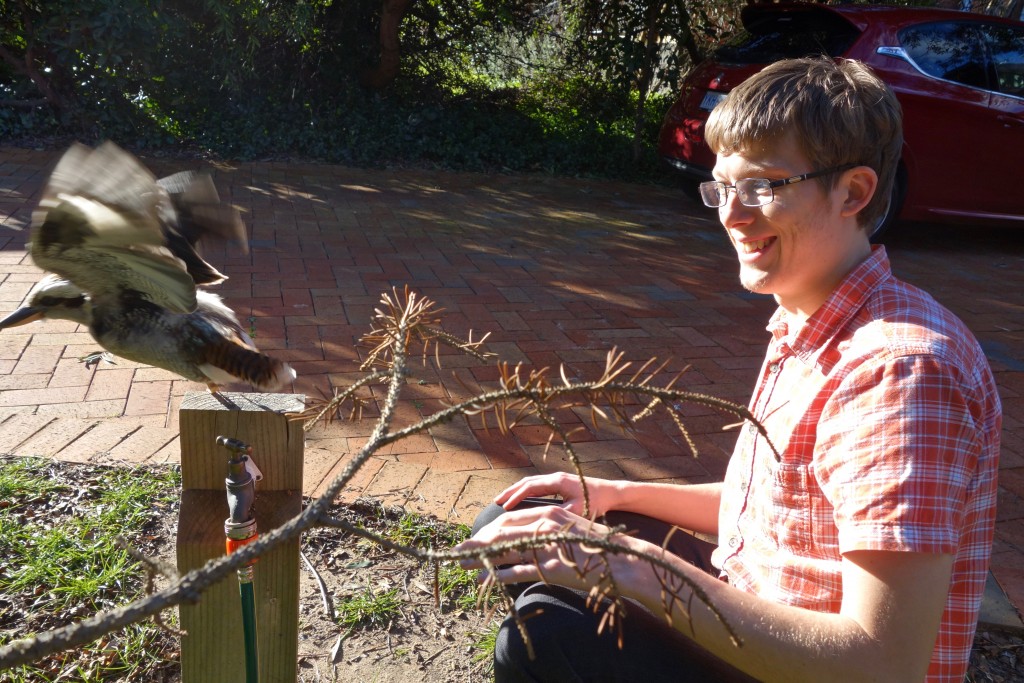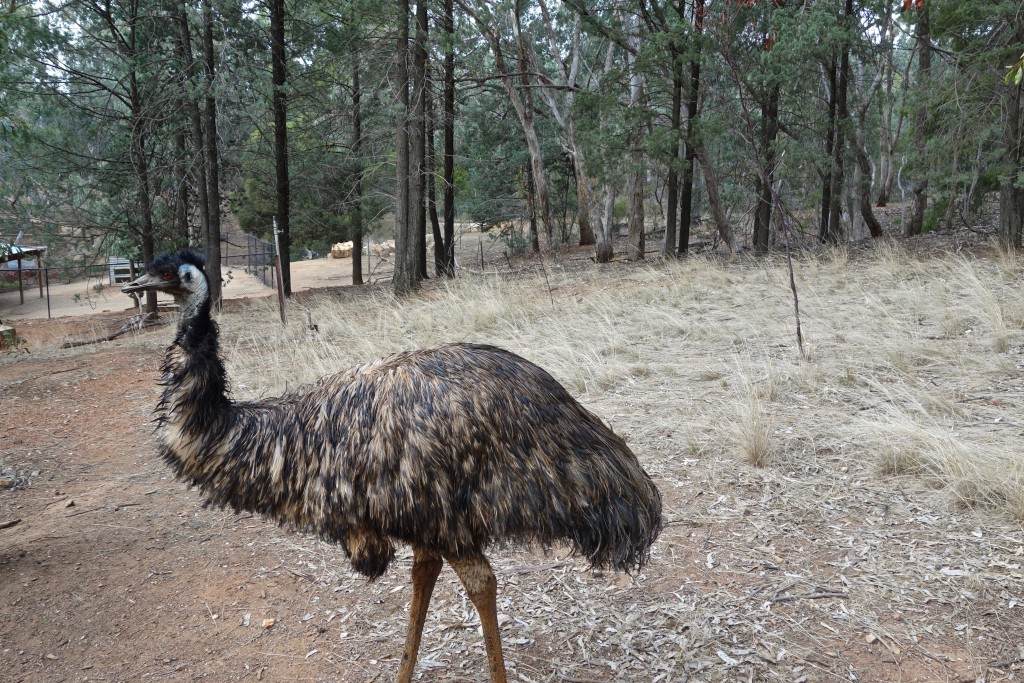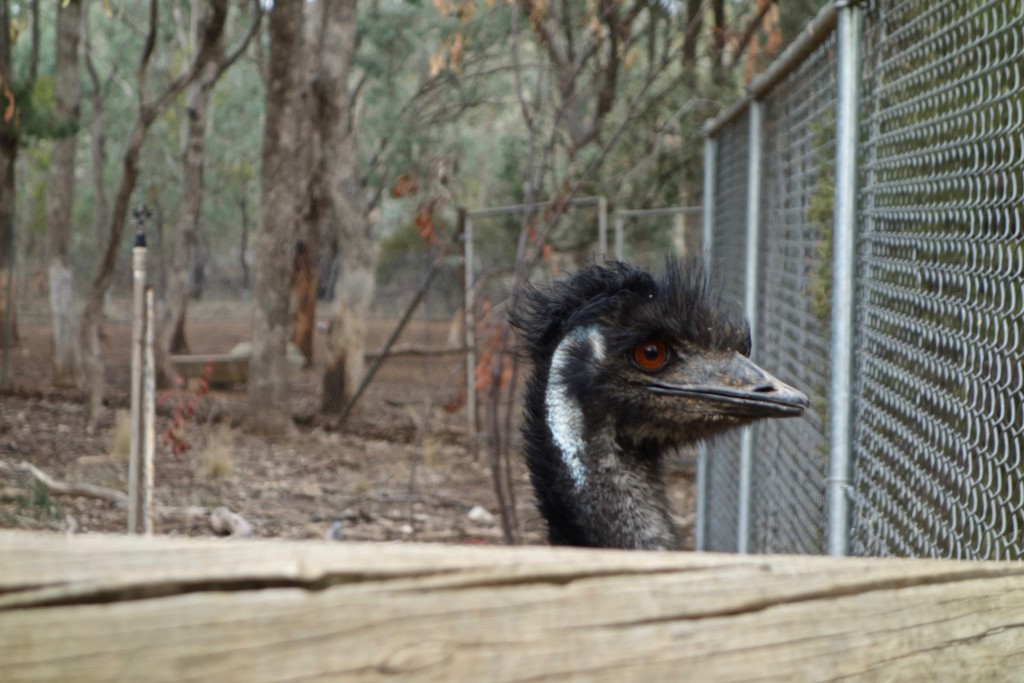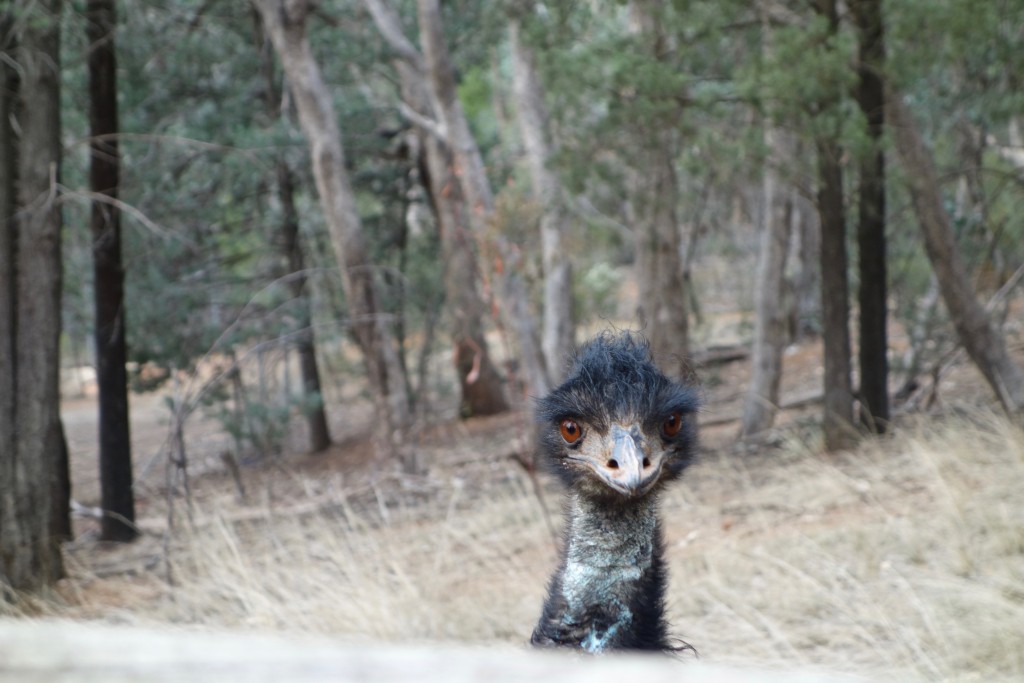Just as there are brand new leaves appearing on bare branches, and even tiny fruit emerging on my fig and plum trees, new little beings have come into the animal kingdom now that spring has sprung. I’ve seen a number of baby animals in past weeks, little beauties who stay close to their parents, reminding me how intimate a relationship it is. Seeing a brand new duck or cow is such a feel-good moment. Or a possum joey’s claws poking out of its mother’s pouch. Or a tiny kangaroo joey’s head on its mother’s belly.
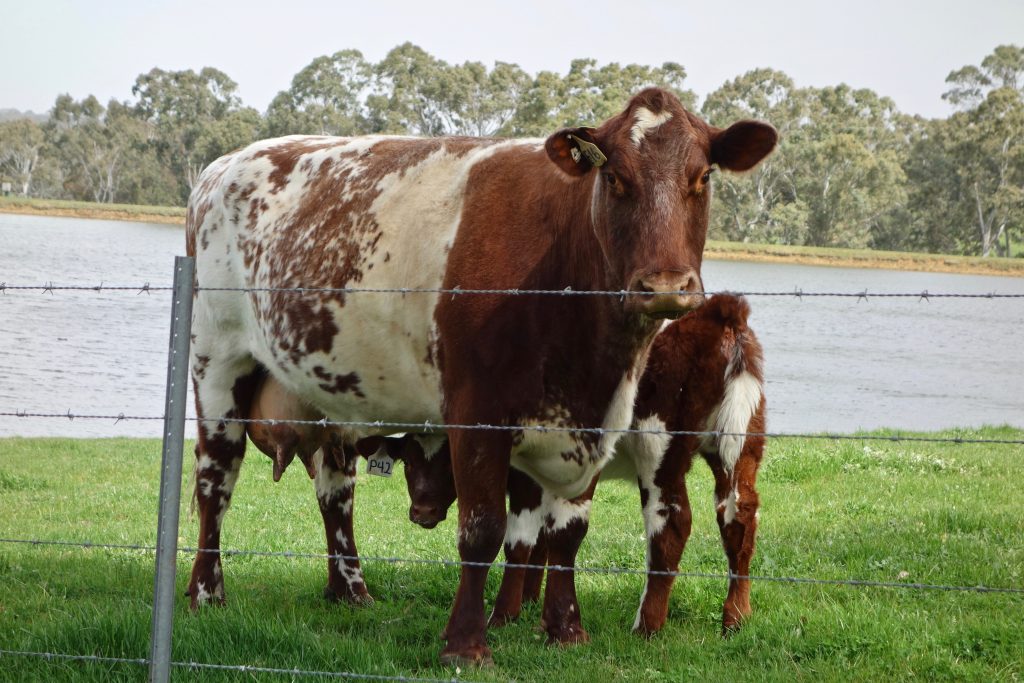
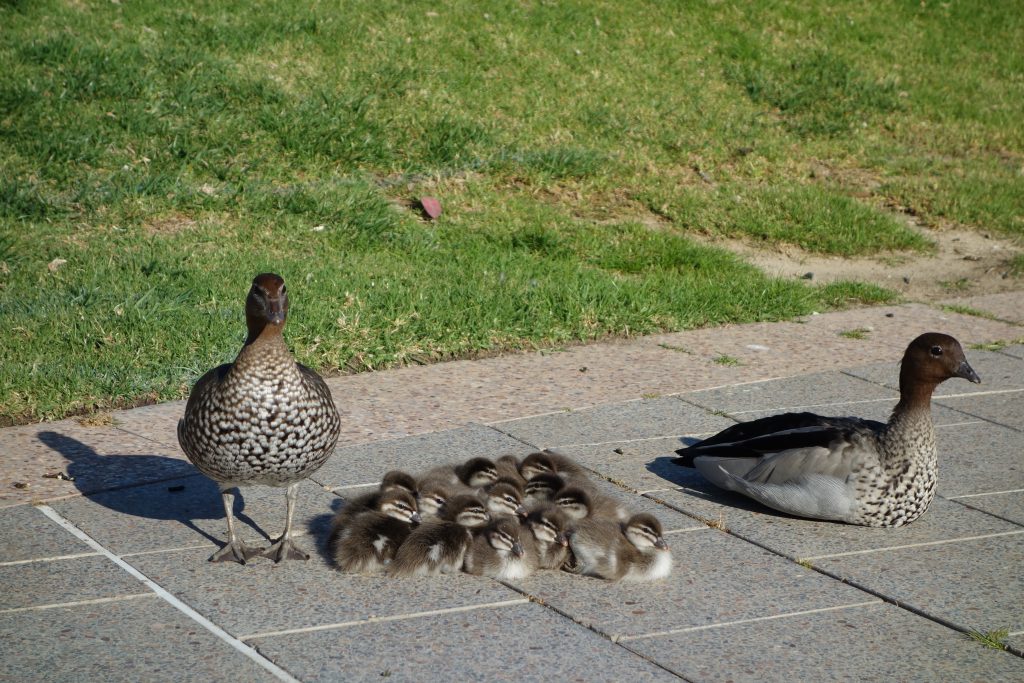
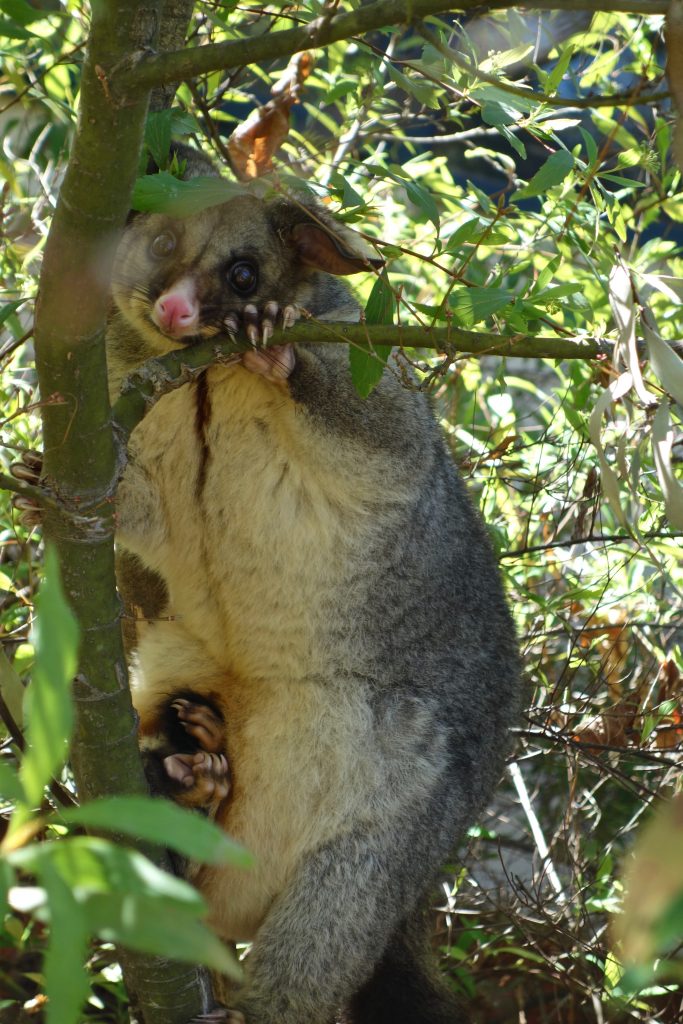
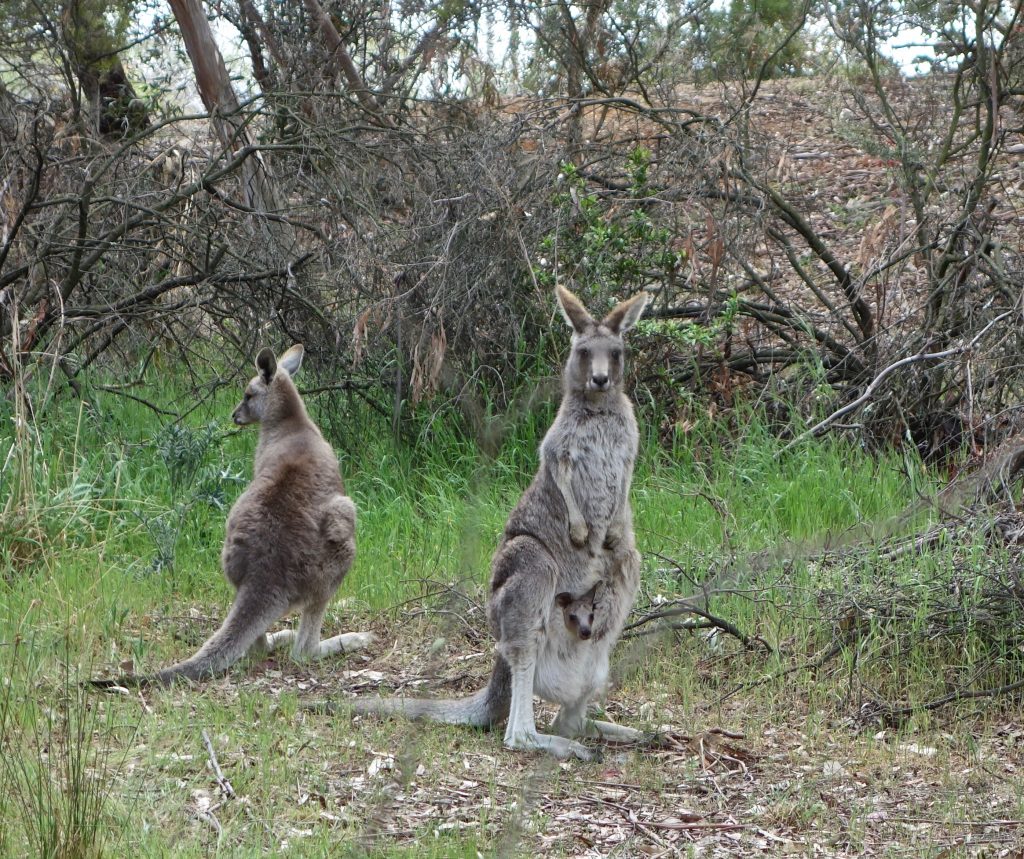
And high up in trees or in other secret nesting places, countless birds have been breeding. I don’t have photos but I’ve seen the chicks and their parents every day since September when there was a sudden explosion in the bird population in my garden. There are all sorts here in Canberra that I never knew existed when I lived in Brisbane, from Gang-gang Cockatoos to tiny Eastern Spinebills, often right outside my window, in the same hakea tree where I saw the mother possum and her joey. This hakea grew naturally amid some introduced species like maples and ash and white may, and I didn’t even notice it until it was taller than its competitors. Now I have all these animal visitors because of this tree.
It’s a blessing to be presented with new life in the animal world, and even more of a blessing that they pose for me while I take their photo, for they all patiently sat and waited while I got my photography act together!
*

